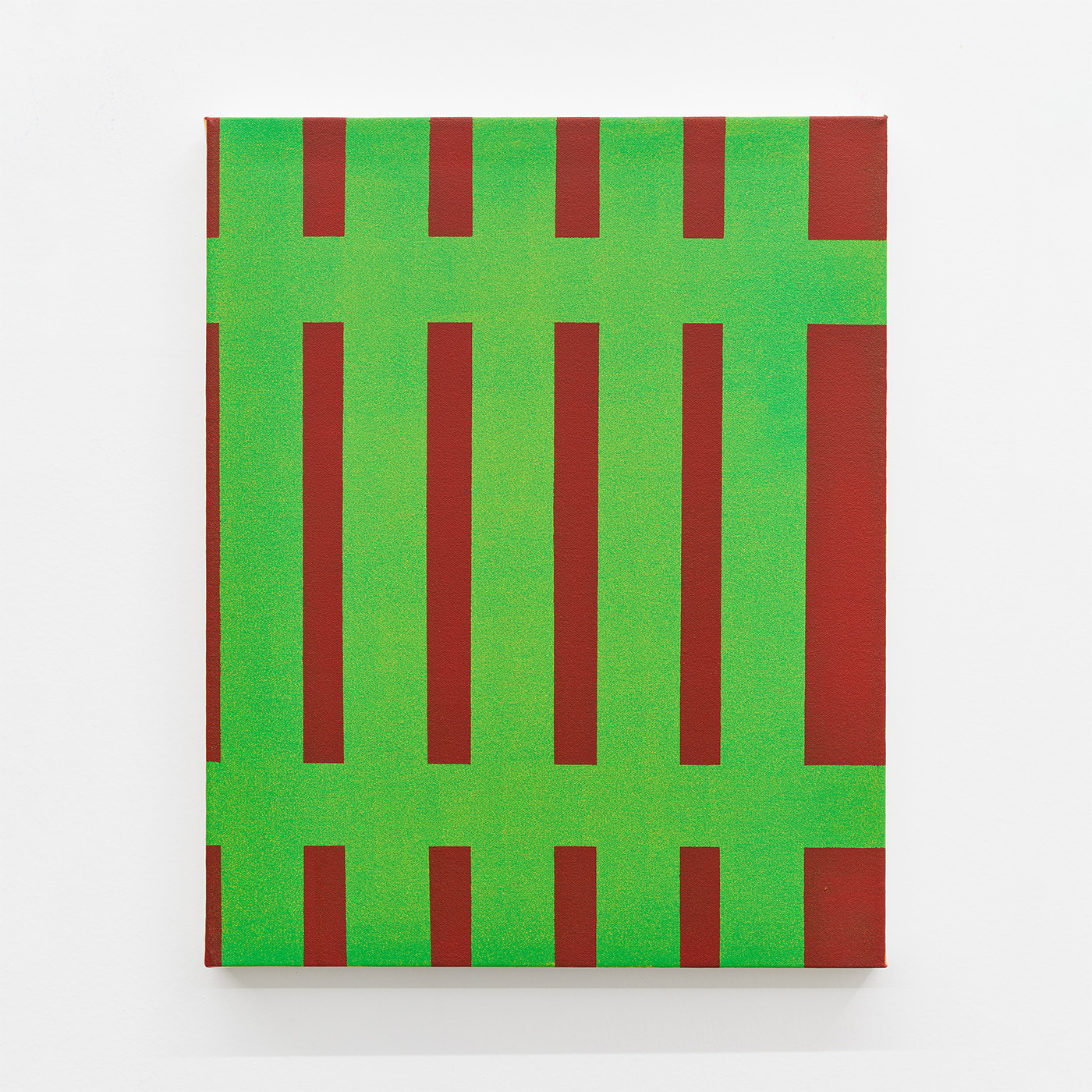MICHELE
LOMBARDELLI
VIEWING ROOM ->Michele Lombardelli (Cremona, 1968) is an eclectic figure of artist, musician, publisher. Among the exhibitions we remember the personal exhibitions at: A + B Gallery, Brescia; Arrivada, Milan; La Rada, Locarno; Hall of the Columns, Corbetta MI; MOT International, London; AMT, Milan; Bonelli Contemporary, Los Angeles; MAC, Lissone. They also hosted his work: MA * GA ofGallarate; Assab One, Milan; CeSAC, Caraglio; Chateau de Chillon, Montreaux; The Triennale, Milan. His artist books have been exhibited in institutions such as the National Gallery of Modern Art, Rome; Casa del Mantegna, Mantua; Cantonal Des Beaux Arts Museum, Lausanne; MA * GAMuseum, Gallarate; The Triennale, Milan. Among the publications: California, Humboldt Books; Los Angeles 1989 / Tokyo 1991, Humboldt Books, Milan; Reserve system and transition states (with L. Scarabelli), Artoteca, Milan; General (with L. Presicce, A. Linke, V. Cabiati, A. Martegani), A + M bookstore, Milan.

Michele Lombardelli’s research is characterized by the contamination of a multiplicity of artisticlanguages. Along his path, the artist has experimented extensively in different fields, such asmusic, sculpture and installation, graphics and publishing. His visual research moves from ananalytical approach, combining an attitude to laterality, incommunicability and dissonance, whichare - for example - also the characteristics of the musical experiments carried out with the UntitledNoise project.
Lombardelli explores the limits and potential of pictorial discourse, touching its own zero degree. His paintings, at the same time so simple and enigmatic, suggest but do not constitute a narration-figuration. Disinterested in completeness, they rather investigate the margin, the fragment, the inconclusiveness. Lombardelli’s painting is a liminal fact, characterized by expectation, indeterminacy, transience: aesthetic data and also, at the same time, states of the human soul. The threshold is in fact a porous area, a transition between us and the world, between the innerplace and the opaque exterior, the peel of reality. Lombardelli, in these works, seems interested in investigating this moment of transition, an indefinite time, looking for the point where some sensations and data are about to become action, or story. The words Cellar Doors, which give the series its title, are an example of phonaesthetics, that is, the pleasure of combining the words themselves in sound terms, rather than in meaning. The sign is detached from meaning, as in Lombardelli’s paintings, embracing uncertainty but also the richness of multiple perceptual possibilities.
© NEST ART
